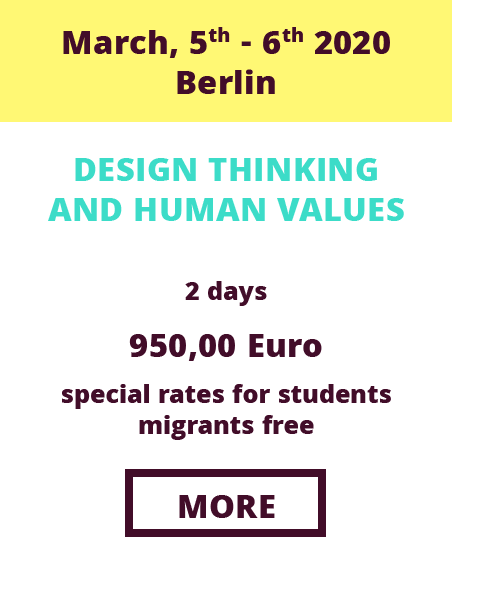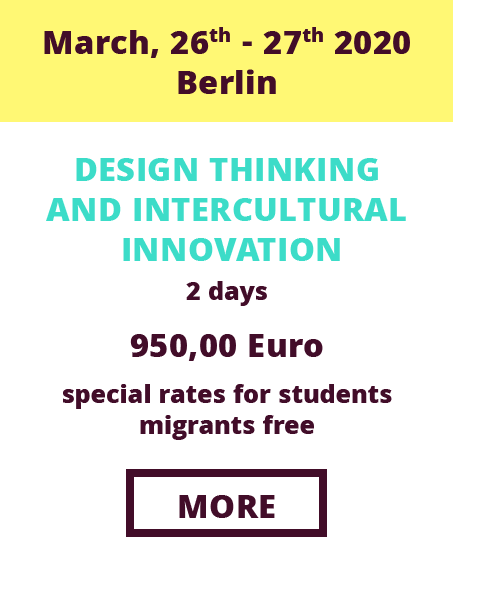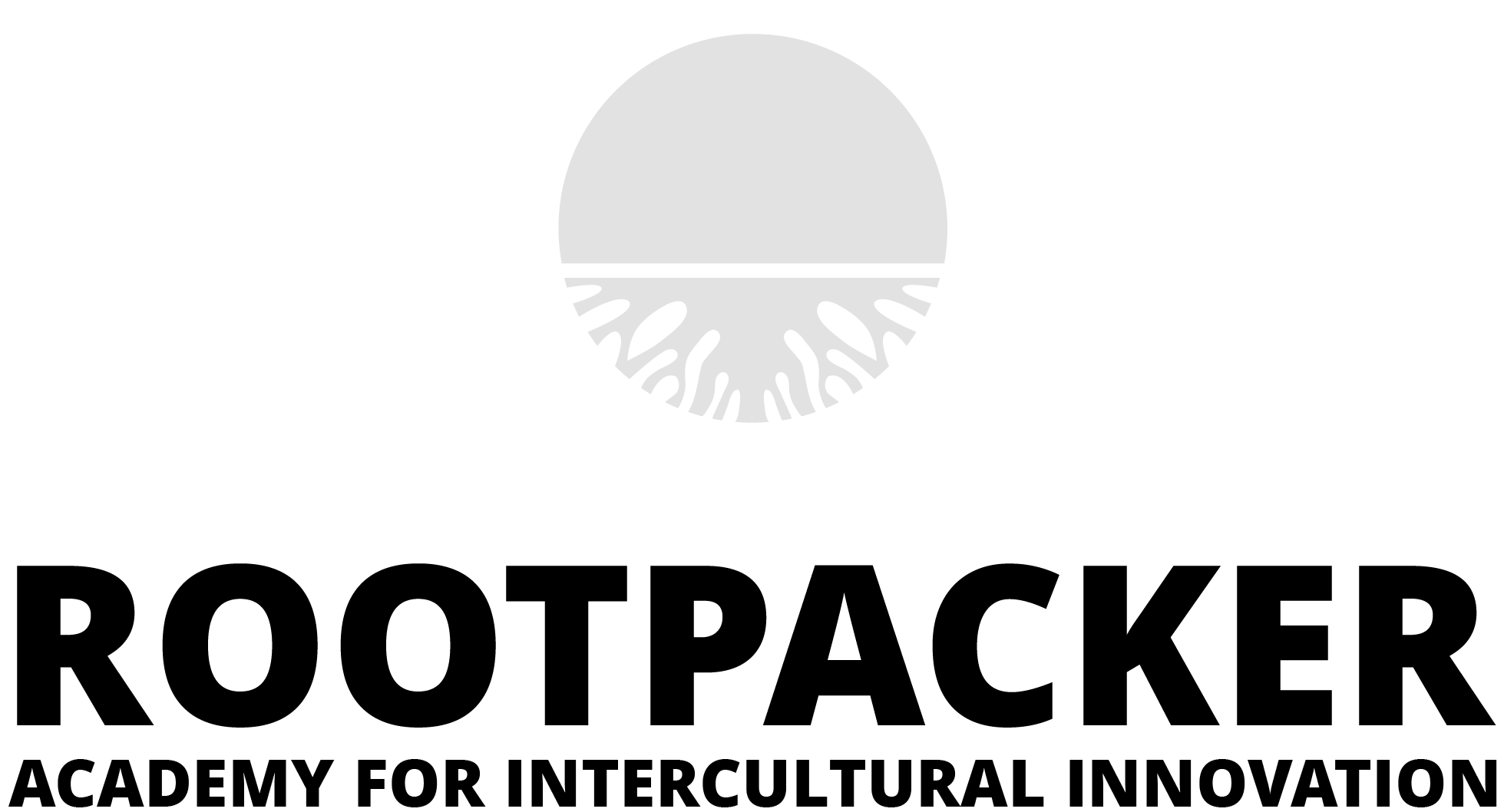
More and more companies and institutions are working with Design Thinking in order to use an
innovation method routinely, which helps to develop a new product, service or strategy for a
company or institution. Working with Design Thinking since 2010, I have recognized that
the team building process at the beginning of the seminar is one of the most important parts which
decides about the success of the seminar. Therefore, I developed a special program for the team
building process you will pass by in each seminar. This includes a training in soft skills.
In our seminars, you will work together with migrants if possible. In this way, you will train your
ability to think out of the box and to get in contact with people from another culture. In my opin-
ion, this becomes more and more important because we need to train our intercultural skills to
become well prepared for the challenges of the global market.

OUR STARTER PACKAGE
In our starter package, you will find courses, which will train you in creativity, empathy, team
building, responsible leadership, interview training, field research, customer journey mapping,
Intercultural Innovation and Design Thinking and Human Values.
ABOUT DESIGN THINKING
AND HUMAN VALUES
First, you will get an overview about the innovation method Design Thinking and Human Values.
Next, you will train your soft skills through exercises in team building, creativity and responsible
leadership. After that, we will follow the six steps of the Design Thinking Process. Have fun and
learn a methodology, which brings you forward in your personal and professional life. Build up your
network in an intercultural and interdisciplinary group.
|
UNDERSTAND
AND OBSERVE
|
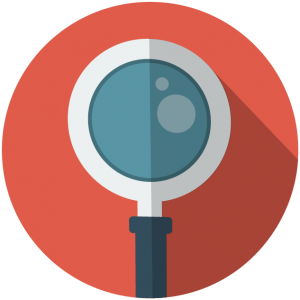 |
 |
|
Each Design Thinking Process starts with a challenge. This will be the idea for a new product, service or strategy we will work on. We appreciate ideas from our participants. We invite them pitching their ideas. If there will be none we will bring in a challenge. One challenge might be “How can we prototype the restaurant of the future”. In groups, we will try to find out the desires of people from all over the world by desk and field research. We will observe people at the hot spots of Berlin and we will interview them in order to form their needs into demands.
|
|
|
POINT OF VIEW
AND IDEATE
|
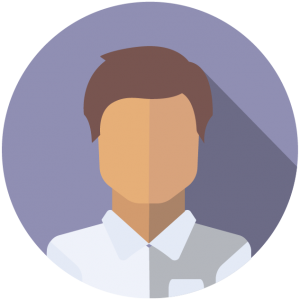 |
 |
|
We will collect all our observations and we will cluster them repeatedly to find out what the most important needs are. Next, we will build “personas” for whom our innovation will be made including the most extremist user of all. In role-plays, we will get near to them and we will draw up a customer journey for each “persona”. We will find as many ideas as possible to develop the most innovative product/service/strategy the world has never seen before.
|
|
|
PROTOTYPE
AND TEST
|
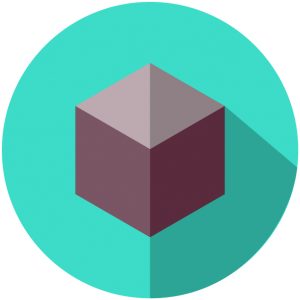 |
 |
|
On the one side, we will discuss the feasibility and the viability of the product for the market and on the other side the social and environmental aspects of it. Then we will build 3 d models of our ideas or sketches and we will test them with potential users to get feedback.
|
|

ABOUT DESIGN THINKING
AND INTERCULTURAL INNOVATION
In this course we want to work closely together with students who came here as migrants.
To enforce the intercultural exchange we will focus a lot on working in cross-cultural groups, on
teambuilding and sketching intercultural storyboards. We will develop a product or service, which is
desirable for people who came from outside to Berlin. In this seminar, we will combine Intercultural
Innovation with Design Thinking and Human Values.
|
UNDERSTAND
AND OBSERVE
|
 |
 |
|
We will start with an overview about Design Thinking and with exercises for the team building process. At the beginning, we will try to find out which product or service, especially for people from outside, is missing in Berlin. Each group will pitch an idea and we will find the challenge, which “gets under our skin”, so to speak with Tim Brown. Next, we will try to understand why there is no solution now. We will observe potential users of our “product/service” and we will interview them to get information for different customer journeys.
|
|
|
POINT OF VIEW
AND IDEATE
|
 |
 |
|
We will collect all our observations and we will cluster them repeatedly to find out what the most important needs are. Next, we will build “personas” for whom our innovation will be made including the most extremist user of all. In role-plays, we will get near to them and we will draw up a customer journey for each “persona”. We will find as many ideas as possible to develop the most innovative product/service/strategy the world has never seen before.
|
|
|
PROTOTYPE
AND TEST
|
 |
 |
|
On the one side, we will discuss the feasibility and the viability of the product for the market and on the other side the social and environmental aspects of it. Then we will build 3 d models of our ideas or sketches and we will test them with potential users to get feedback.
|
|



